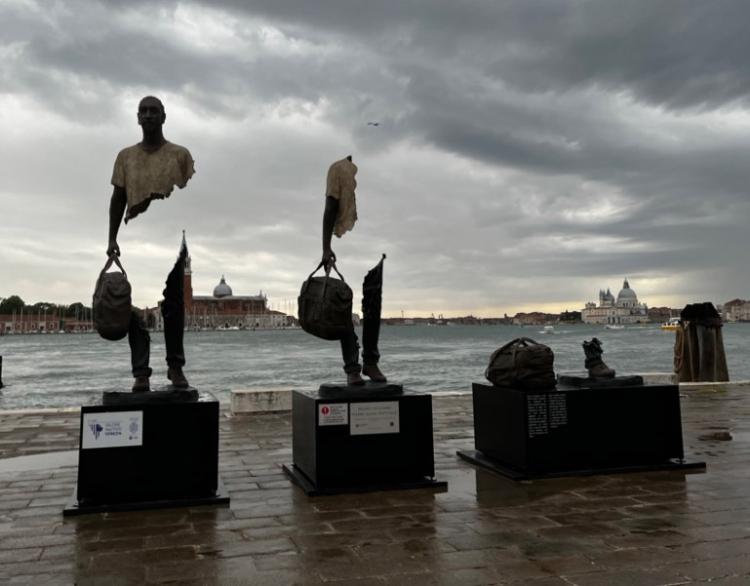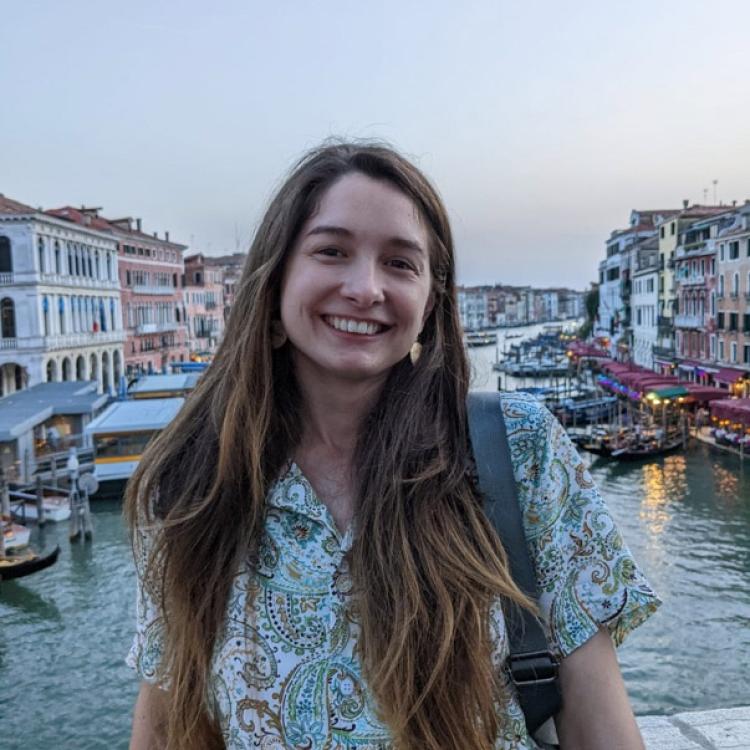Lyanna Kessler attends course in neuroinflammation at Neuroscience School of Advanced Studies in Italy

By Lyanna Kessler
In the winter of 2022, I applied to be a student in a course on
neuroinflammation, a course that takes place in Venice, Italy. It seemed like
a great opportunity, where I could learn about the topics that interest me
most in the beautiful Venetian atmosphere. I remember as an undergraduate
I first heard there was a link between the brain and the immune system in
cases of Alzheimer’s disease. It sparked so many questions for me, which led
me to focus my PhD research on neuroimmunology (and its subtopics, such
as neuroinflammation). Specifically, I want to research the mechanisms of
how a particular bacteria, Mycobacterium vaccae, can reduce
neuroinflammation. Being new to the field, I felt compelled to attend this
course to learn from the leading international experts. Thankfully I was
accepted into the course and in May 2022, I was off to the Neuroscience
School of Advanced Studies in Italy.
Much like the Venetian canals, it turns out the field of neuroimmunology is
filled with twists and turns. Where one speaker believed blood-brain barrier
permeability was possible, another did not. Where a reduction of anhedonia
was expected, there was not. Different studies on similar models would point
in different directions. It was thrilling to hear about research so fresh, even if
we don’t have all the answers yet. When we do have answers, to me it feels
like we’ve discovered hidden continents. I was excited to learn that
microglia, the immune cells of the brain, form connected networks when
laden with toxins. Our conference host, Robert Dantzer, compared the field
of neuroinflammation to a statue series by Bruno Catalano, “Pierre David
Triptyque” (pictured here), saying that we were finally starting to see an
outline of the big picture, but key gaps remain. I had the opportunity to
present my research topic to many different speakers and get feedback,
which has significantly strengthened my project. Of course, I got to explore
the city as well, with my crumpled map and vaporetto schedule in hand. I ate
amazing Italian cuisine, visited museums, and walked or boated everywhere.
By the end of my week-long stay, I felt like the map of Venice was part of
me, with canals like veins and alleys like nerves. It was everything I had
hoped, both an academically and personally enriching experience.



